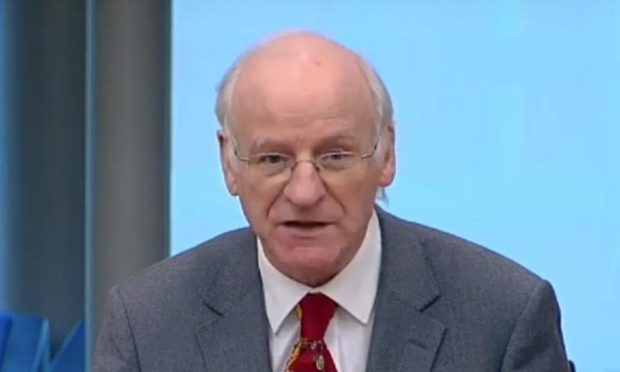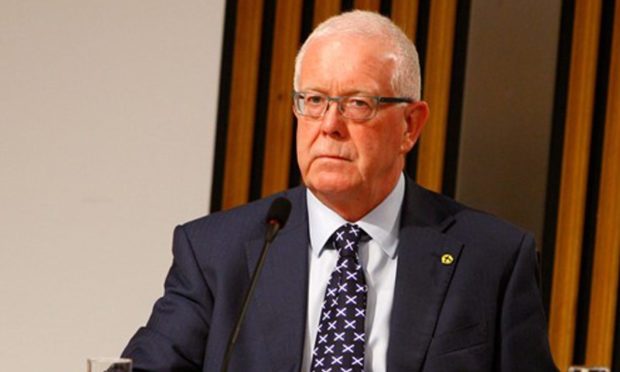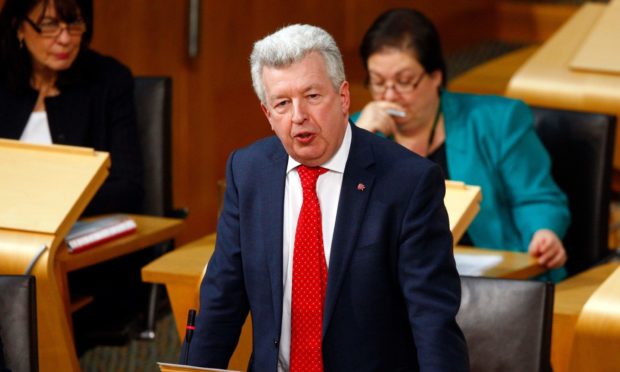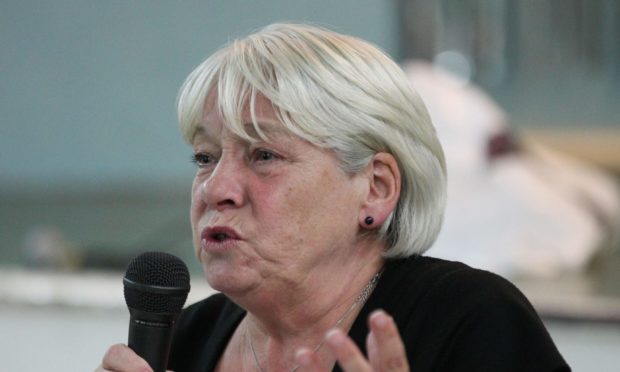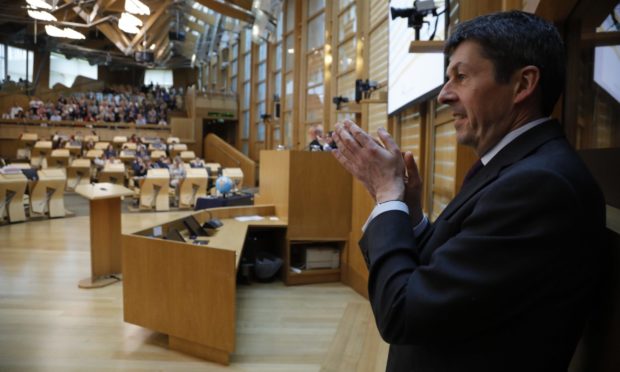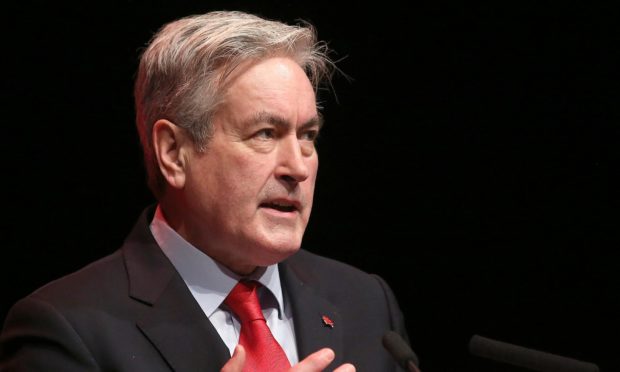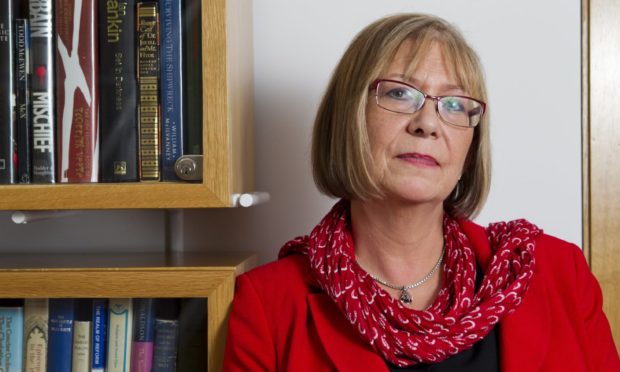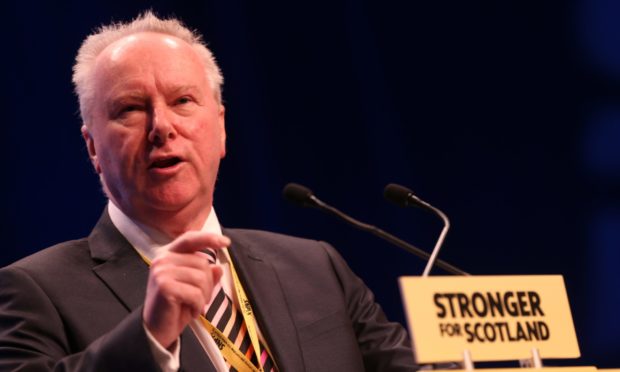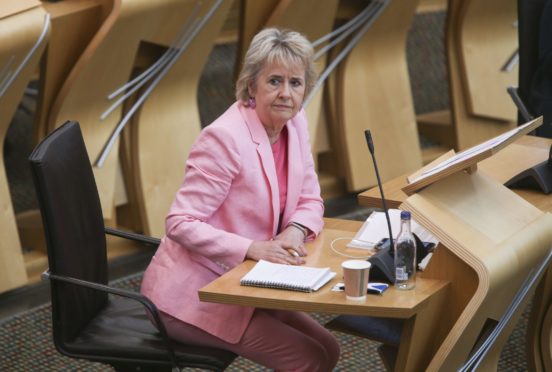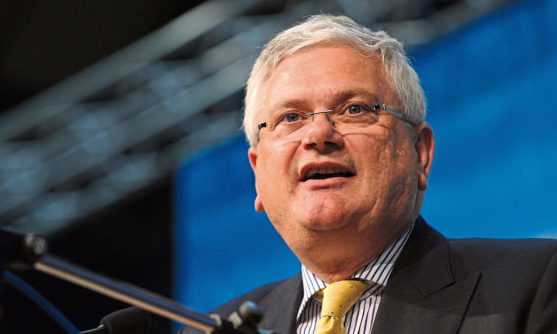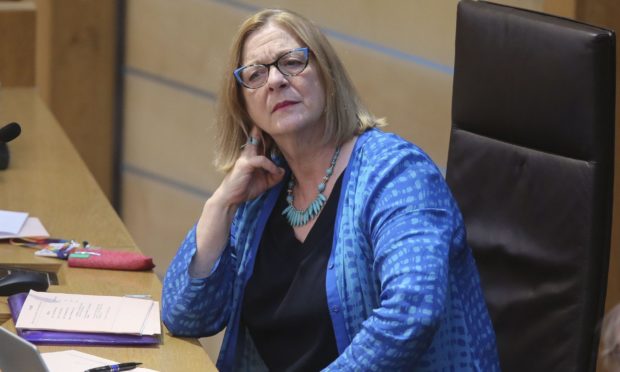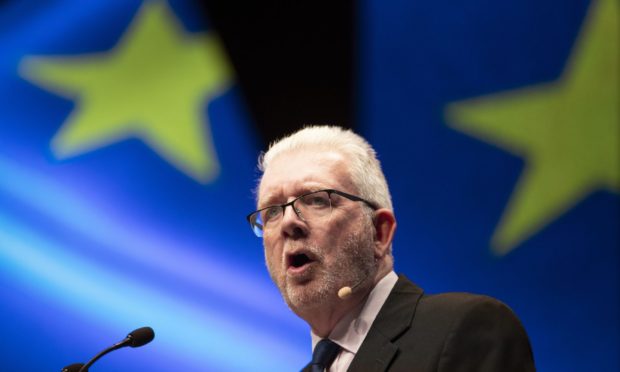The Scottish Parliament has fallen short of its potential and has control of almost “nothing in its entirety”, claims SNP politician Gil Paterson.
The long-serving MSP, who was first elected in 1999, said the Scottish Parliament has failed to fulfil its potential by a “country mile”.
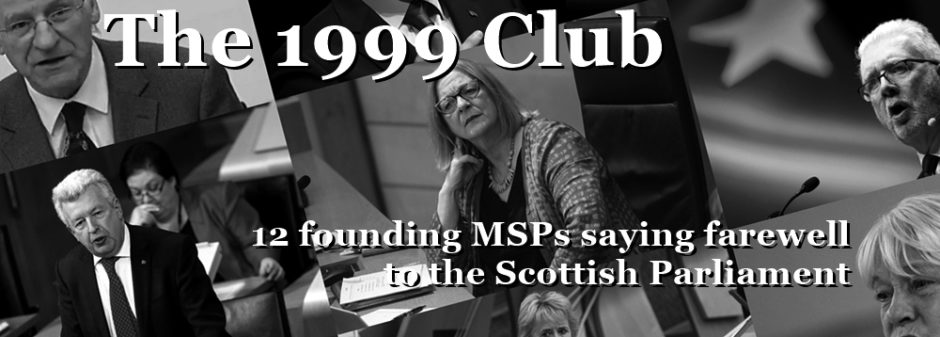
Over his long parliamentary career, the SNP member has felt “frustration” at MSPs opposed to Scottish independence who take to their feet in the Holyrood chamber and tell the Scottish Government to do something that they have “denied us to be able to do”.
The SNP politician believes the parliament has control of almost “nothing in its entirety” stating that even the health service, a devolved matter, still ultimately relies on the Westminster in the form of the overall block grant, even if funding decisions for the NHS are made by the Scottish Government.
He added: “It’s almost frustrating to listen to people who are opposed to an independent Scotland being responsible for everything standing up in the chamber and telling any government that they should do something when they don’t have the power or the finance to do it, I think is dishonest.
“That is really sore. It burns inside every time I hear it.”
The 78-year-old was first elected as an MSP for Central Scotland in 1999, before becoming a West of Scotland MSP in 2007 and, later, the MSP for Clydebank and Milngavie in 2011 – a seat he still represents.
‘Starting from ground zero’
His interest in politics began from a “very early age” as his father was an organiser for the Labour Party in Glasgow and the SNP politician recalls going along with his sister to pay his father’s union dues and hearing workers “speaking and debating”.
The MSP initially followed in his footsteps, joining the Labour Party, but decided to shift allegiance to the SNP in 1967 when it “wasn’t a fashionable thing to do”, causing “great consternation” to his father.
The veteran politician had never been all that interested in the world of elected politics and instead enjoyed “helping others” within the party.
He went on to serve as a councillor and put his name forward when the Scottish Parliament opened in 1999 to stand as an MSP.
“I couldn’t wait, to be quite frank. I got the opportunity and could not refuse that,” he said.
However, it was with a sense of “trepidation” that Mr Paterson recalls the opening of a parliament for Scotland, since the country was “starting from ground zero”.
Although he felt some “apprehension”, there was also a sense of “excitement” on being part of the young parliament.
He said: “That feeling, for me, has never left. I still have the hunger.”
Biography
Name: Gil Paterson
Age: 78
Party: SNP
Member: Clydebank and Milngavie
Born: Glasgow
Education: Attended Possilpark Secondary School
Career: Previously worked for Forbes Brothers, Singer and Scottish Gas. Started his own garage business in 1973 and ran it until becoming an MSP in 1999
Political career: Served as the SNP regional list MSP for Central Scotland (1999-2003); MSP for West of Scotland (2007-2011) and MSP for Clydebank and Milngavie (2011-present). Within the SNP, he has held many positions at all levels, from branch to National Executive Council
The blues…
Looking back on his time in parliament, the most “visible” achievement was the MSP’s work on specifying the precise shade of blue in Scotland’s national flag in 2003, after a long-running debate on the issue within the parliament.
The move followed a petition from retired accountant George Reid from Edinburgh.
Mr Paterson said: “There was a petition came to the Scottish Parliament and it was to regulate the colour of the Scottish flag because all other flags in all colours have got a number that defines the colour and it provides a recipe and the colour is always the same.
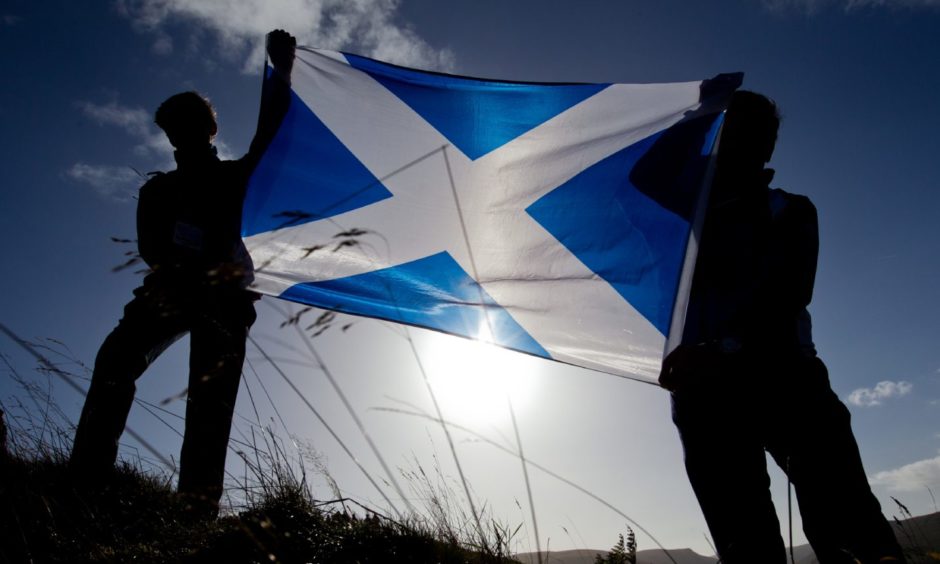
“The Scottish flag was azure blue. I took about 50 colour swatches to the committee and they were all called azure, from white to black; all different.
“There was a time when flags were flying at Hampden and they were all different colours, almost black and almost white; I proved using the word azure was wrong.
“If someone in China or London or Dundee wants to make Scottish flags, there’s a number attached to it and they all come out the same colour.”
In terms of the biggest change Mr Paterson has witnessed in Scottish politics, he puts this down to the country’s “confidence”, which has “grown immensely”.
He said: “The Scottish people are not confident about themselves and it’s because we don’t inform them to their potential and then, after they know about their potential, they can make any decision they like, whether they believe in what I believe or whether they believe in something else.”
The 77-year-old describes himself as a “reluctant retiree” but puts the decision down to his age.
He said: “I want to keep going but I had a few issues with my health and my wife, my doctor and my family said ‘time to give it up’.
“I’ve got to think about them, apart from thinking about myself.
“It’s an exciting time in Scottish politics and I would have liked to have still been involved in it but needs must.
“With a heavy heart, I’ve now got used to the idea.”
